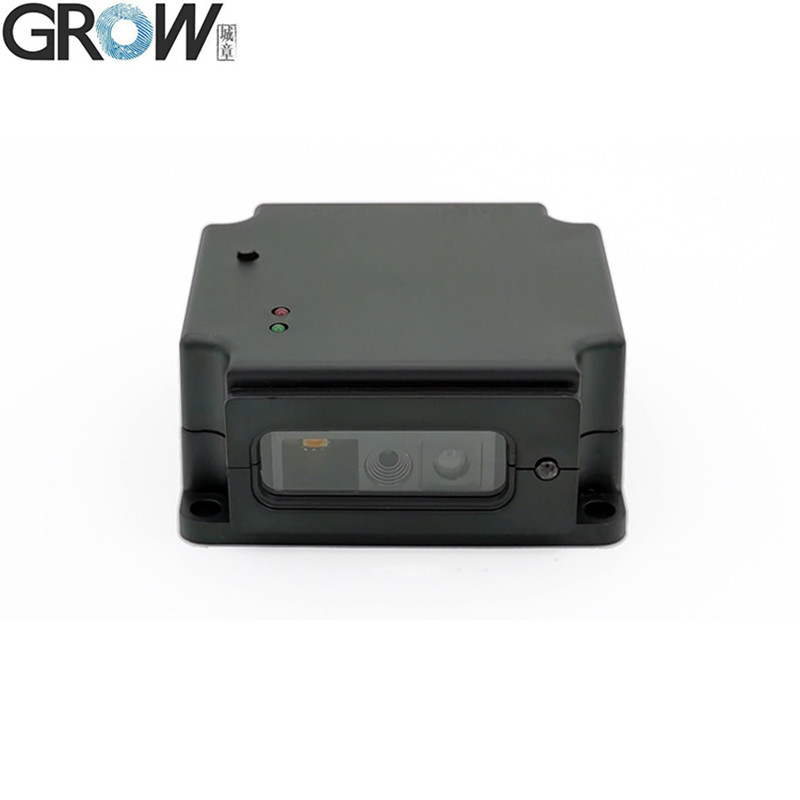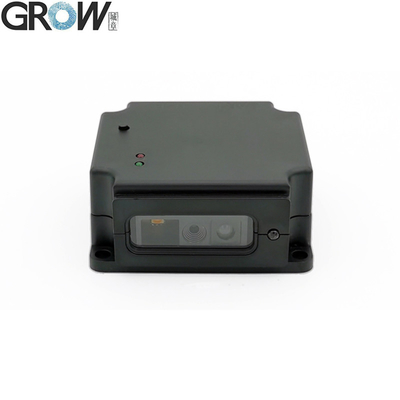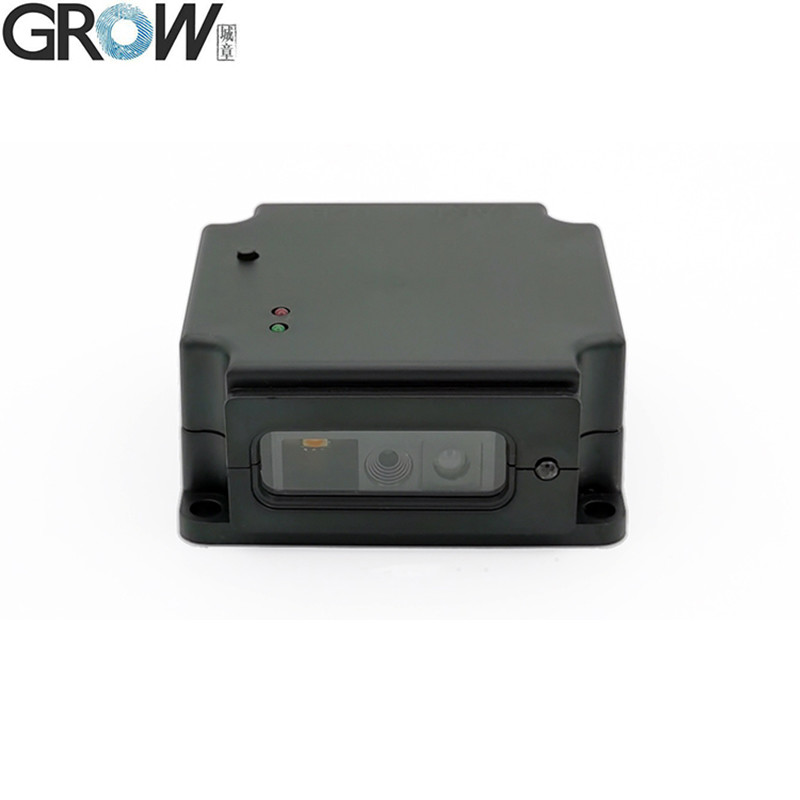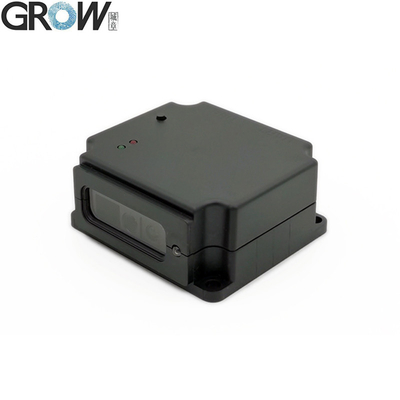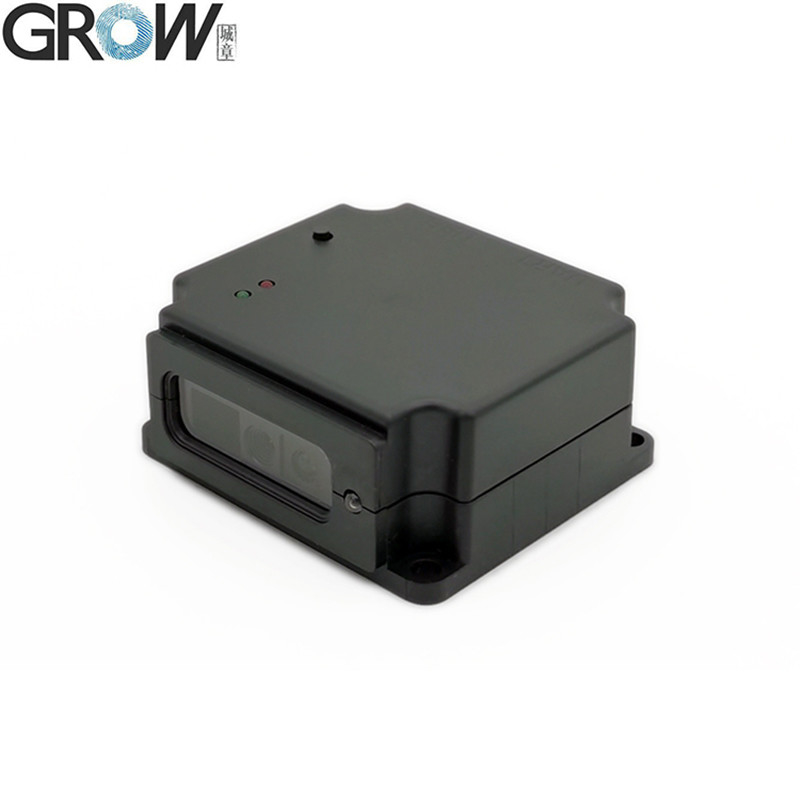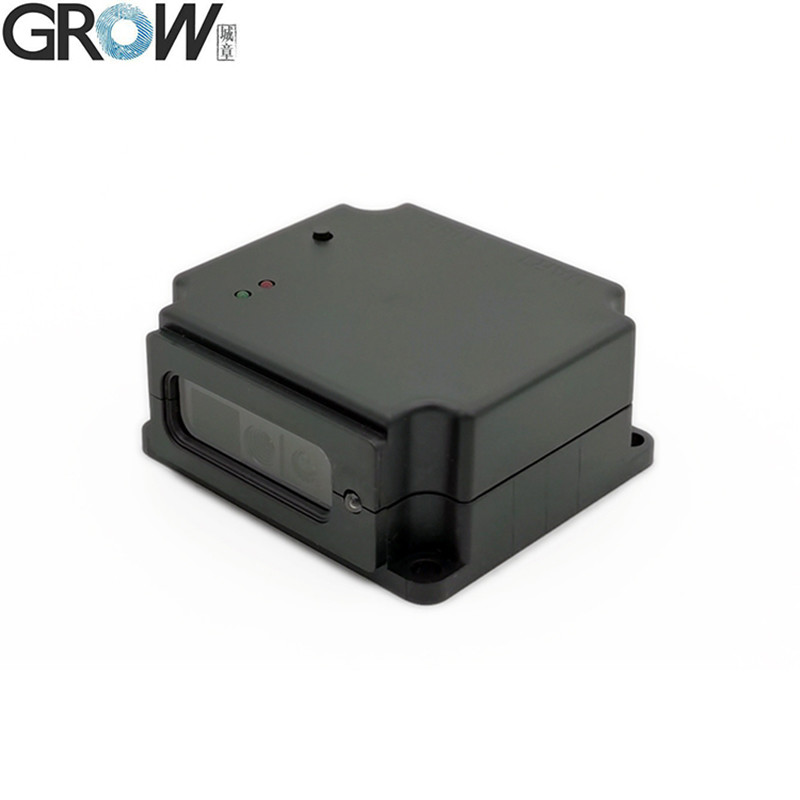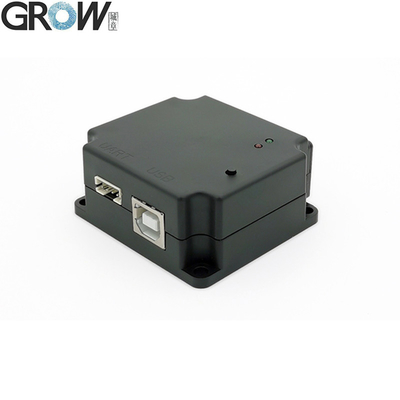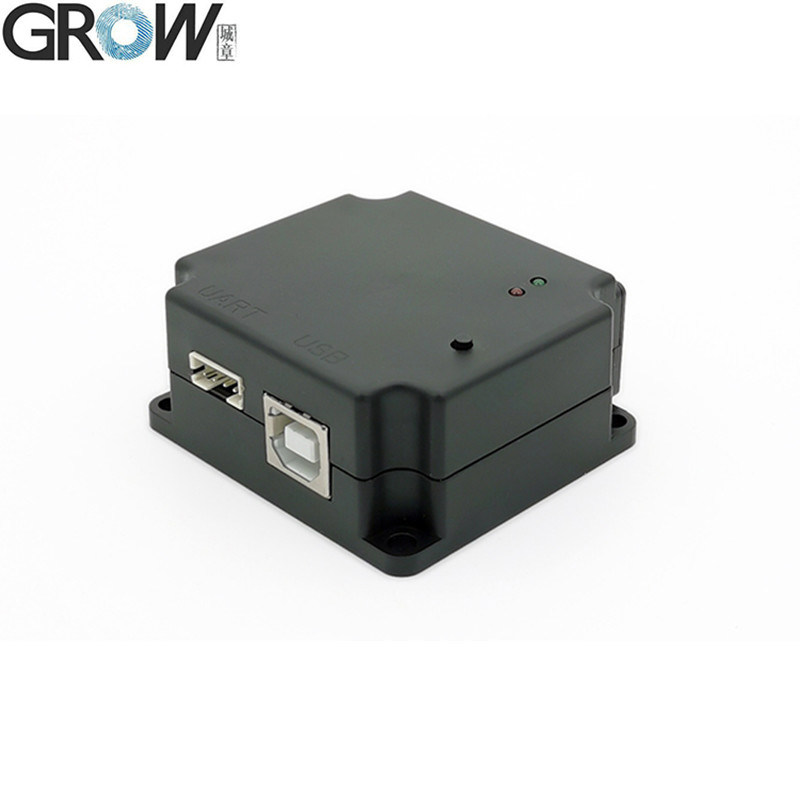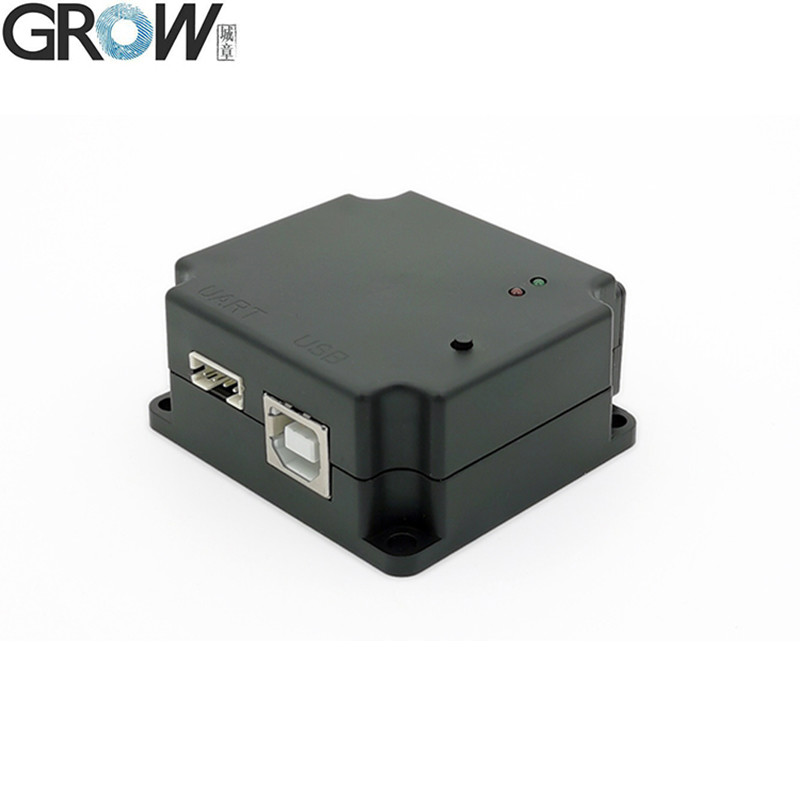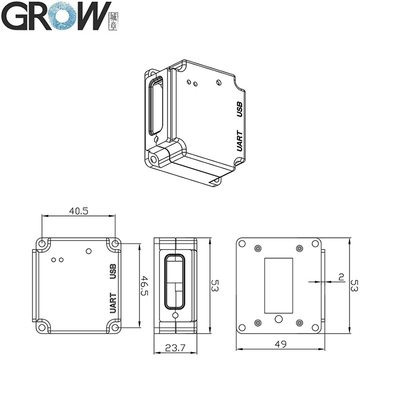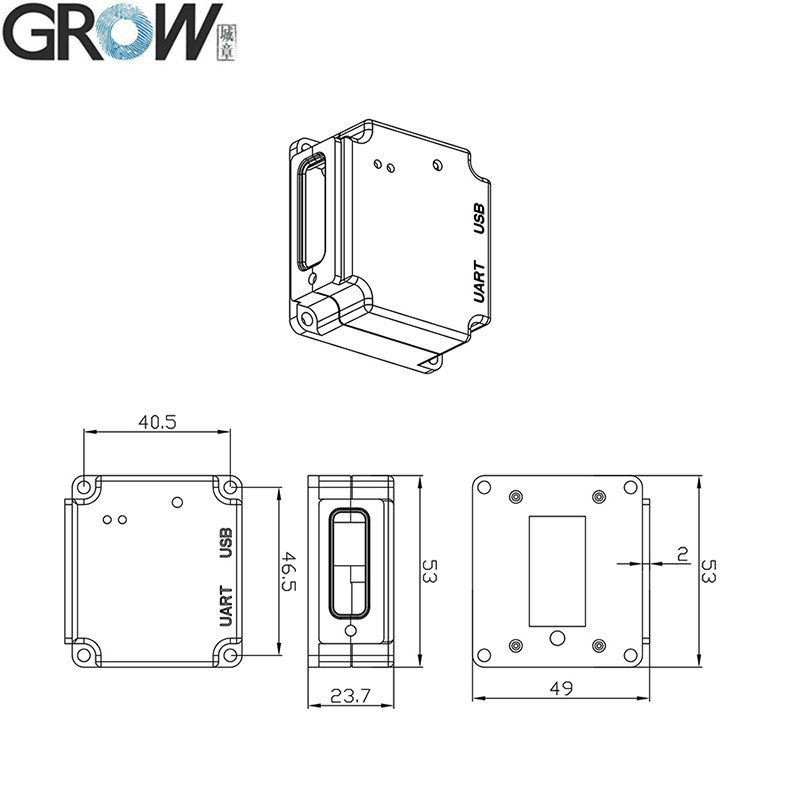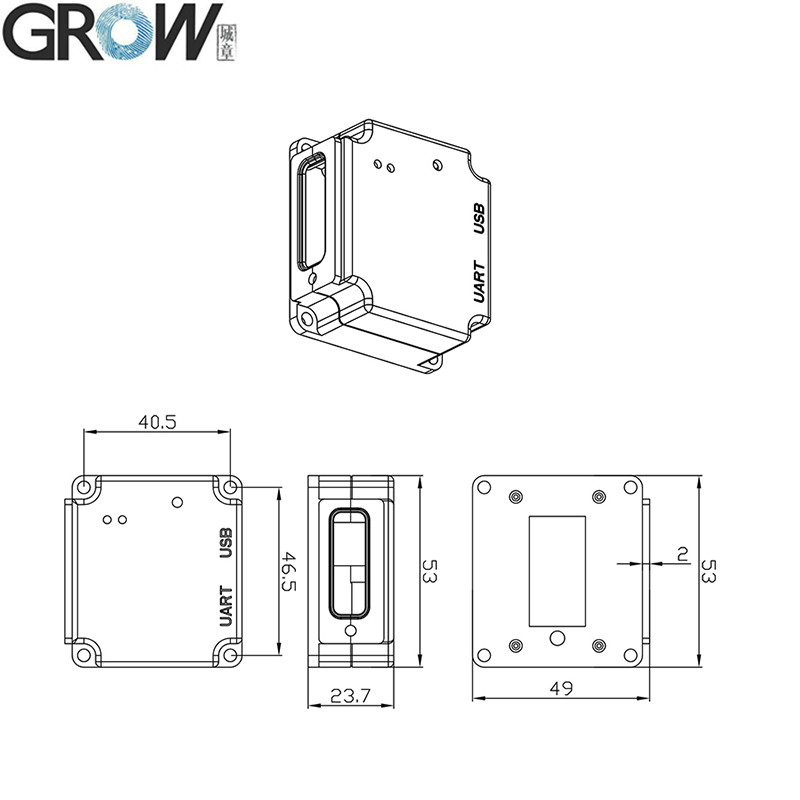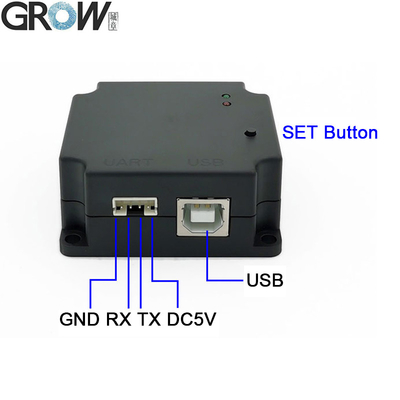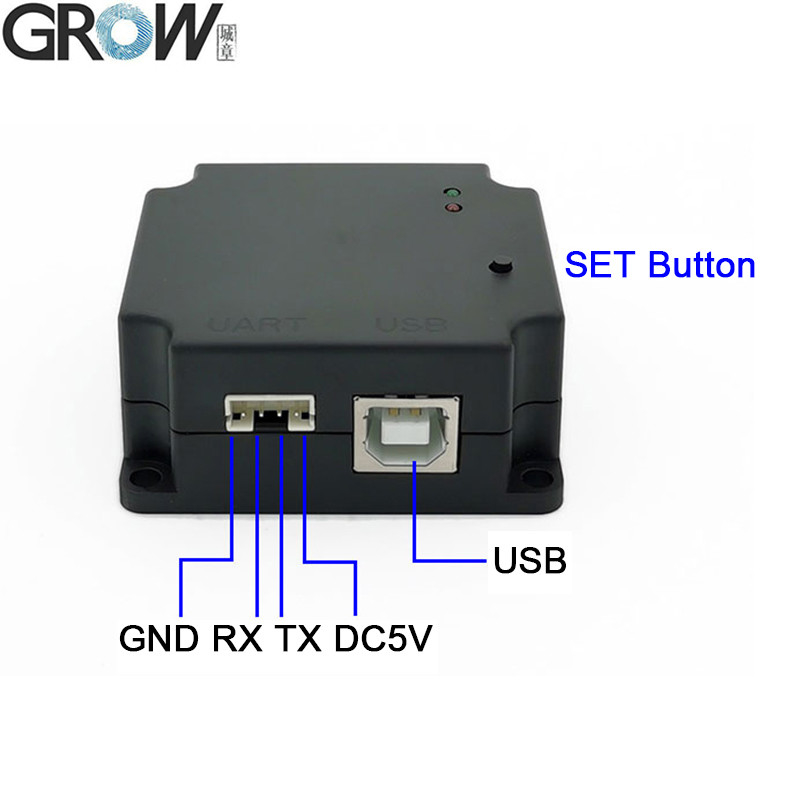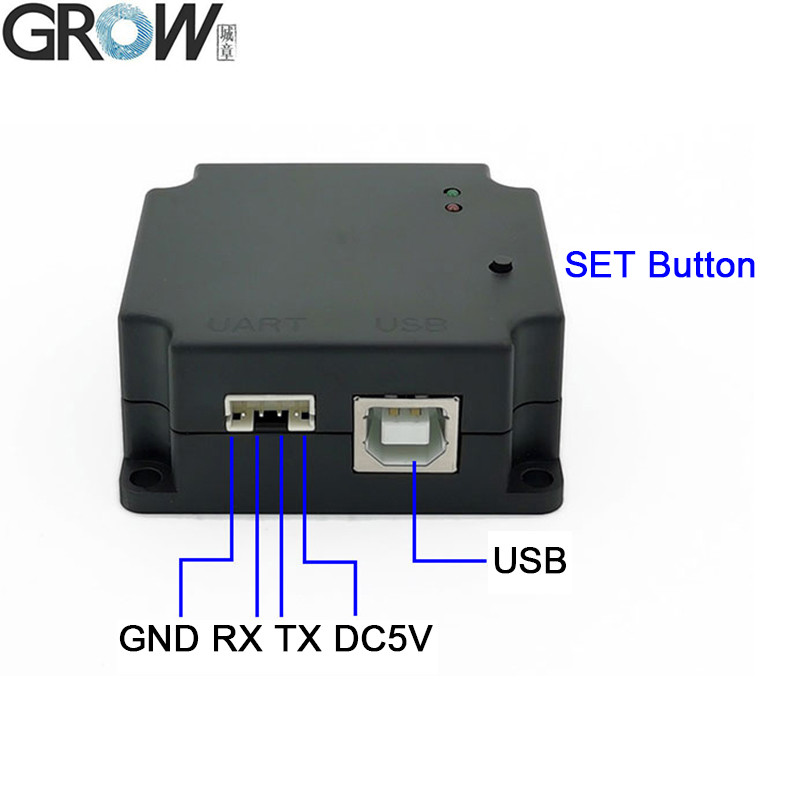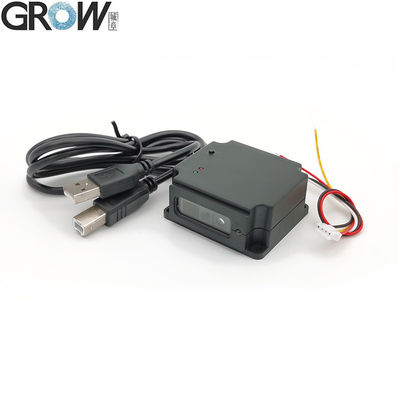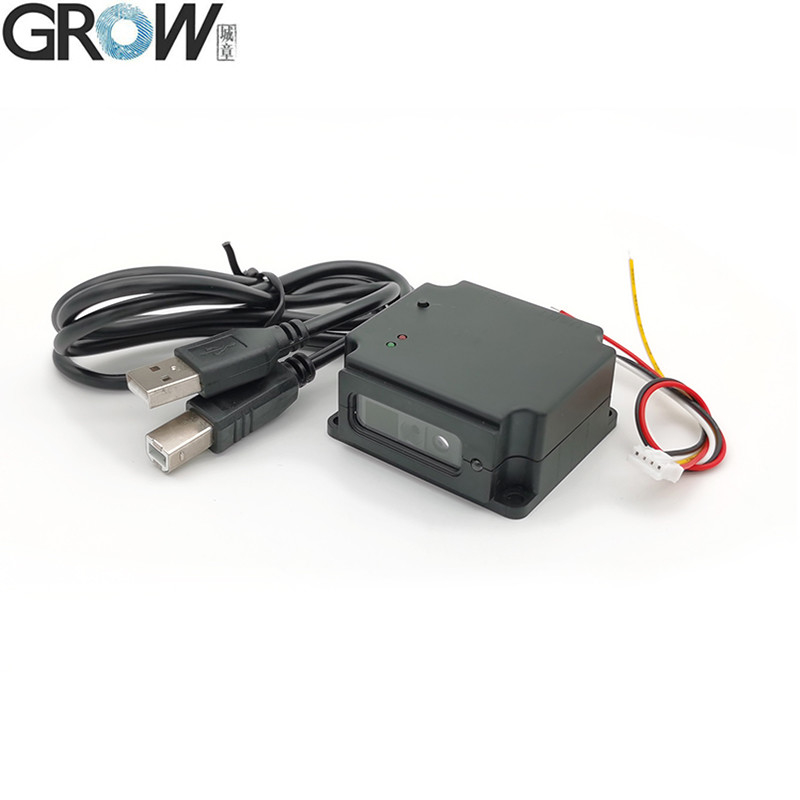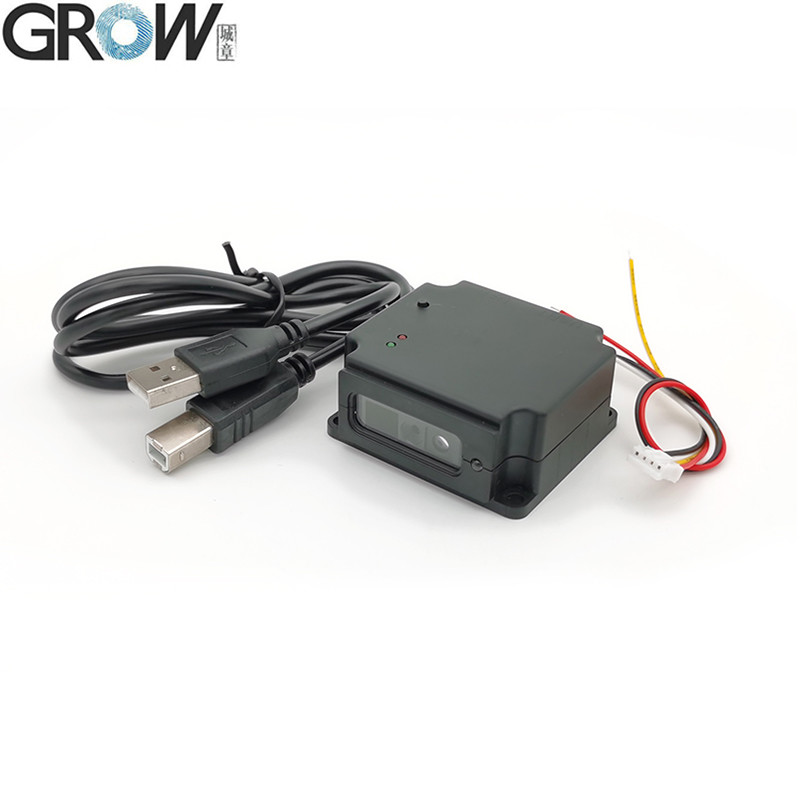1. USB wired barcode scanner to capture 1D, 2D code on labels, paper, mobile phone or computer. 2. High-efficiency recognization and high upload speed for improving your working efficiency. 3. With buzzer for reminding you that the scanning successfully or not. 4. Compatible with USB and UART interface. 5. Over 180 configurable options 6. Macro support replace a string in the bar code with another 7. Programmable preamble postamble and termination strings 8.Superior reading performance utilizing advanced decoding algorithms 9. Global Exposure, Movement speed: 20cm/s
Specifications
|
Model
|
GM75
|
|
Type
|
Barcode Scanner
|
|
Decoding Ability
|
1D: EAN-13, EAN-8, UPC-A, UPC-EM ISSN, ISBN, CodaBar, Code 128, Code93, ITF-14, ITF-6, Interleaved 2 of 5, Industrial 2 of 5, Matrix 2 of 5, GS1 Databar(RSS), Code 39,Code 11, MSI-Plessey, etc
2D: QR Code, Data Matrix, PDF417, Micro PDF417, Micro QR, Aztec,etc
|
|
Interface
|
USB2.0 UART
|
|
Resolution
|
1D: 3MIL(Code39,CODE128,EAN13)
2D: 5MIL(QR,DM,PDF417)
|
|
Operating Voltage
|
5V
|
|
Operating Current
|
250mA(Max)
|
|
Weight
|
31.3g
|
|
Size
|
53*49*23.7mm
|
|
Lighting
|
White Light (3000K)
|
|
Collimation
|
Green Light (527nm)
|
|
Scan Angle
|
Roll:0-360°, Pitch:±60°, Yaw:±60°
|
|
Viewing Angle
|
Horizontal 42°,Vertical 32°
|
|
Contrast
|
≥15%
|
|
Reading Distance
|
30 - 550mm
|
|
Operating Temperature
|
-20 degrees to 60 degrees
|
|
Storage Temperature
|
-40 degrees to 70 degrees
|
|
Temperature Humidity
|
5% to 95% Relative humidity, Non-condensing
|
|
Light Levels
|
0-85000LUX
|
Files
·Provide User Manual
History of QR code technology
Foreign research on two-dimensional code technology began at the end of the 80s of the 20th century, and a variety of code systems have been developed in the research of two-dimensional code symbol representation technology, such as PDF417, QR Code, Code 49, Code 16K, Code One, etc. The information density of these QR codes has been greatly improved compared with the traditional one-dimensional code, such as PDF417, which is more than 20 times the information density of the one-dimensional code CodeC39. In terms of QR code standardization research, the International Association of Automatic Identification Manufacturers (AIM) and the United States Standardization Institute (ANSI) have completed the symbol standards of PDF417, QR Code, Code 49, Code 16K, Code One and other symbols. The International Standards Technical Committee and the International Electrotechnical Commission have also established a technical committee for automatic identification of bar codes, and have formulated an international standard for QR Code (ISO/IEC 18004:2000 "Technical Specification for Automatic Identification and Data Acquisition Technology One Code Symbol - QR Code"), and drafted draft ISO/EC standards for QR codes such as PDF417, Code 16K, Data Matrix, Maxi Code, etc. In terms of the development, research and production of two-dimensional code equipment, the reading equipment and symbol generation equipment produced by equipment manufacturers in United States, Japan and other countries have been widely used in various two-dimensional code application systems. As a new information storage, transmission and identification technology, QR codes have received the attention of many countries in the world since their birth. United States, Germany, Japan and other countries have not only applied QR code technology to the management of various documents by public security, foreign affairs, military and other departments, but also applied QR codes to the management of various reports and bills by customs, taxation and other departments, the management of goods and goods transportation by commerce, transportation and other departments, the management of postal parcels by postal departments, and the automation management of industrial production lines in the field of industrial production.
The research on QR code technology in China began in 1993. The China Article Coding Center has translated and tracked the technical specifications of several commonly used QR codes PDF417, QRC Code, Data Matrix, Maxi Code, Code 49, Code 16K, and Code One. With the continuous improvement of China's market economy and the rapid development of information technology, the domestic demand for the new technology of QR code is increasing day by day. With the strong support of the former State Bureau of Quality and Technical Supervision and relevant state departments, the China Article Coding Center has continuously deepened its research on QR code technology. On the basis of digesting relevant foreign technical data, two national standards for two-dimensional codes have been formulated: two-dimensional code grid matrix code (SJ/T 11349-2006) and two-dimensional code compact matrix code (SJ/T 11350-2006), which has greatly promoted the research and development of two-dimensional code with independent intellectual property rights technology in China.
Currently the most commonly used international DATAMATRIX two-dimensional code due to the use of dot-matrix method of composing data, can contain 2300 data information in a data matrix, although ten years ago when published on the global sensation, but ten years it is slow progress in the application and promotion of its application, the reason for this is precisely because of the DATAMATRIX two-dimensional code of the application of the two technical barriers need to be crossed: First, how to efficiently and accurately print it out; Second, how to efficiently and accurately read it. In order to solve these two key problems, as an intelligent image recognition technology, machine vision thus shows its unique importance.

 Your message must be between 20-3,000 characters!
Your message must be between 20-3,000 characters! Please check your E-mail!
Please check your E-mail!  Your message must be between 20-3,000 characters!
Your message must be between 20-3,000 characters! Please check your E-mail!
Please check your E-mail! 

